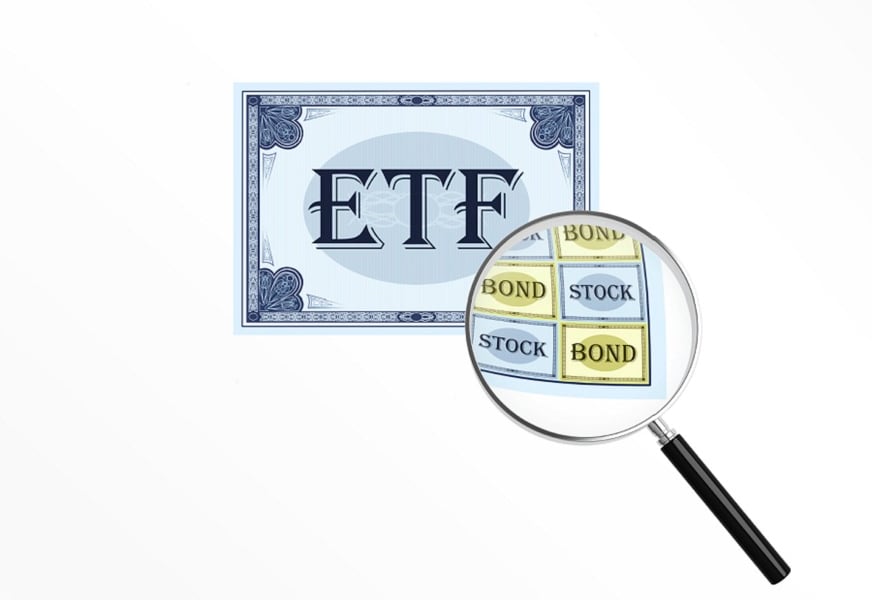Financial adviser Theodore Feight vividly remembers Aug. 24 as the day his clients lost $5.5 million within three minutes of the stock market's opening bell. A series of technical, and possibly human, failures rippled through the exchanges and were especially punishing for investors in exchange-traded funds.
“Aug. 24 shook me to the core, and it will live in my mind forever,” said the owner of Creative Financial Design, who has since revised the way he trades ETFs in client portfolios.
The mystery of the infamous technical market disruption, which saw 19% of all ETFs decline by 20% or more, among other examples of the extreme volatility, has never been solved. But the Securities and Exchange Commission Tuesday quietly rolled out an
88-page report detailing many of the breakdowns and the fallout.
Among the findings, which were presented in an off-the-record media conference call with SEC representatives, the report cites a free fall in ETF prices while nearly half of the underlying securities held by ETFs didn't start trading at the open on the New York Stock Exchange due to safeguards in place to prevent catastrophic market sell-offs.
For investors and advisers like Mr. Feight, the lack of trading in the underlying securities sent ETF prices into rapid declines, which quickly set off 1,278 trading halts because of the extreme volatility.
But the report also cited the
extreme volatility on that morning in ETFs like the Nasdaq 100 Index-tracker, PowerShares QQQ, even though all Nasdaq-listed stocks opened on schedule.
Although 1,058 of the trading halts were in 327 exchange-traded products, and 220 halts were in non-ETPs, the SEC report stressed that “80% of ETPs did not experience a single halt.”
That was of little comfort to Mr. Feight, who saw prices blow past his stop-loss orders to turn 15% stops into 30% stops before he was able to get out.
Adding insult to injury,
much of the market carnage was over after the first few minutes of trading, and prices had mostly reverted to their pre-opening levels by midday. That raises even more questions about safeguards that are supposed to be in place to re-adjust limit orders that are executed during sudden and extreme market disruptions.
“What should really make you nervous is that they still don't know what the hell happened,” said Bob Rice, chief investment strategist at Tangent Capital.
The report, which did not propose any changes to current exchange systems nor include clear answers as to why the markets opened so fitfully on Aug. 24, described the erratic price volatility among ETFs as
idiosyncratic, with some large-cap ETFs trading at discounts to their net asset values, while similar large-cap ETFs were trading at premiums, with ETFs across various strategies all being impacted.
“This was a product-spectrum problem, and I genuinely believe this is a tremor before the earthquake,” Mr. Rice said. “One of the most interesting takeaways is that most of the ETFs impacted had very little in common with each other.”
Like Mr. Feight, Paul Schatz, president of Heritage Capital, recalls the madness of that morning, but Mr. Schatz was frustrated about not being able to buy in on the price pullbacks.
“I had an entire portfolio of ETFs, and some were down 40% in the first 10 minutes of trading and the underlying stocks weren't even trading yet,” he said. “I thought it was a flash crash, and tried to get in there and start buying, but I couldn't get my orders typed up quick enough before the prices bounced back. The SEC needs to figure out what happened and then put in some structural reforms to prevent it from happening again.”
While the report is flush with data, the absence of any conclusions as to why the market slide occurred, or any proposed strategies for preventing it from happening again, is likely to be most unsettling to advisers and investors, which may help explain why the report was released during the typically quiet week between Christmas and New Year's.
“This report is a record of what happened, and it can happen again unless something changes,” said Todd Rosenbluth, director of mutual fund and ETF research at S&P Capital IQ. “The lesson is really that ETFs can trade like stocks and can be impacted in the same way as stocks.”







